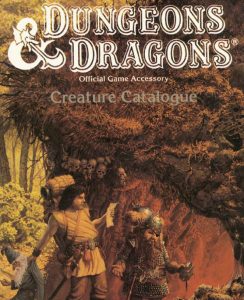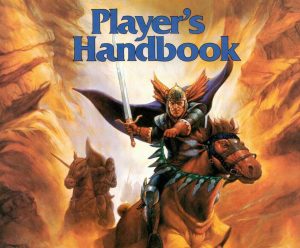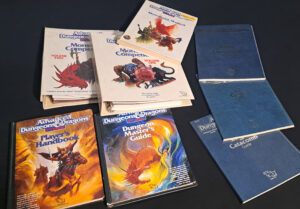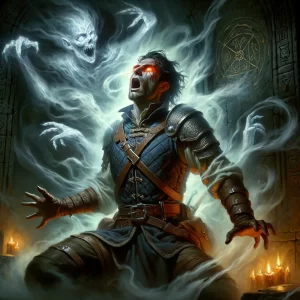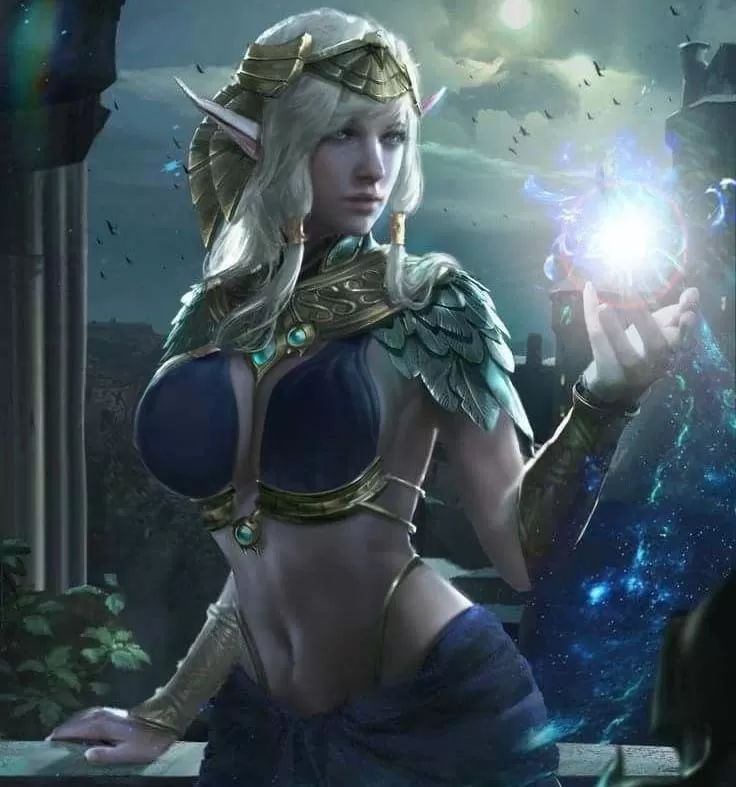
In many fantasy settings, Orcs and Elves are portrayed as having a deep-seated animosity toward each other. This is often due to cultural differences, historical conflicts, or a combination of both.
Culturally, Orcs and Elves are often depicted as polar opposites. Elves are frequently portrayed as wise, peaceful, and in harmony with nature, while Orcs are typically depicted as brutish, warlike, and destructive. These cultural disparities can naturally lead to tensions and misunderstandings.
Historically, many fantasy narratives involve a long history of conflict between Orcs and Elves. This can be due to territorial disputes, historical atrocities, or ongoing wars.
It's important to note that this dynamic is not universal. The portrayal of Orcs, Elves, and their relationships can vary greatly depending on the specific world or setting. For example, in some fantasy settings, Orcs are depicted in a more positive or nuanced light, or Elves might not be as universally harmonious and wise as they are often portrayed.
The Orc-Elf dynamic as we most commonly understand it was largely popularized by J.R.R. Tolkien's Middle-earth stories, where the Elves are one of the oldest races and Orcs were corrupted versions of the early Elves by the dark lord Morgoth.
However, every fantasy author might interpret and develop these races in their unique way. Always refer to the specific lore and history of the fantasy world in question for the most accurate context.
The antagonism between Orcs and Elves, as portrayed in many works of fantasy literature and games, often originates from deep-seated historical and cultural reasons, as previously mentioned. The nuances of their relationship can vary significantly depending on the particular lore of the fantasy universe in question.
In J.R.R. Tolkien's Middle-earth, which has profoundly influenced modern fantasy, this animosity has complex roots. According to Tolkien's lore, Orcs were once Elves who were tortured and twisted into monstrous forms by the dark lord Morgoth. This origin story in itself sets up a tragic and antagonistic relationship between the two races.
Tolkien's Elves symbolize wisdom, beauty, and a harmonious relationship with nature. They represent an idealized version of civilization. On the other hand, Orcs, especially in The Lord of the Rings, are shown as a perversion of natural order. They embody destruction, chaos, and a distortion of nature's beauty. This contrast further fuels their conflict and mutual dislike.
It's also worth noting that the Elves' long lifespan and the Orcs' relatively short one may contribute to their divergent perspectives. The Elves, with their enduring memory of the past, could view Orcs as a constant reminder of Morgoth's evil. Meanwhile, the Orcs, with their short and brutish lives, could resent the Elves' longevity and inherent grace.
Remember, this dichotomy isn't universal in all fantasy settings. Different authors and game creators portray these races in various ways, often adding unique twists to their lore and relationships. In some settings, Orcs and Elves might even coexist peacefully or share common ground. It's always a good idea to refer to the specific lore of the fantasy world you're interested in.
Religion also plays a role. In the D&D universe, the orcish god Gruumsh has a long-standing enmity with the elven god Corellon Larethian. According to the lore, Gruumsh and Corellon were enemies and had a great battle where Gruumsh lost an eye. This divine feud trickles down to their followers, and the Orcs and Elves see their struggles against each other as an extension of their gods' conflict.
Interpretations may vary, as the D&D universe is vast and diverse with many different settings, each with their unique history and lore. The specific reasons for the animosity between Orcs and Elves can depend on the particular campaign or setting.
